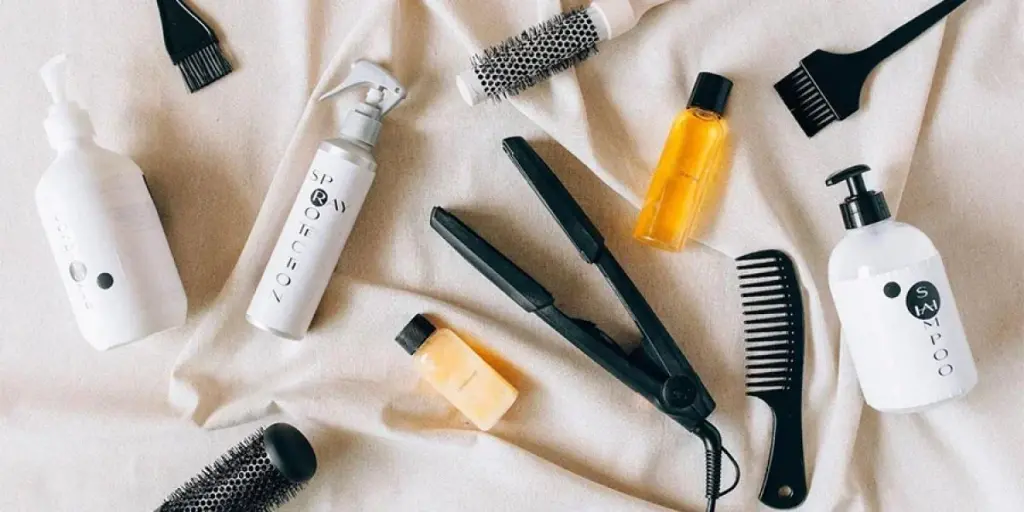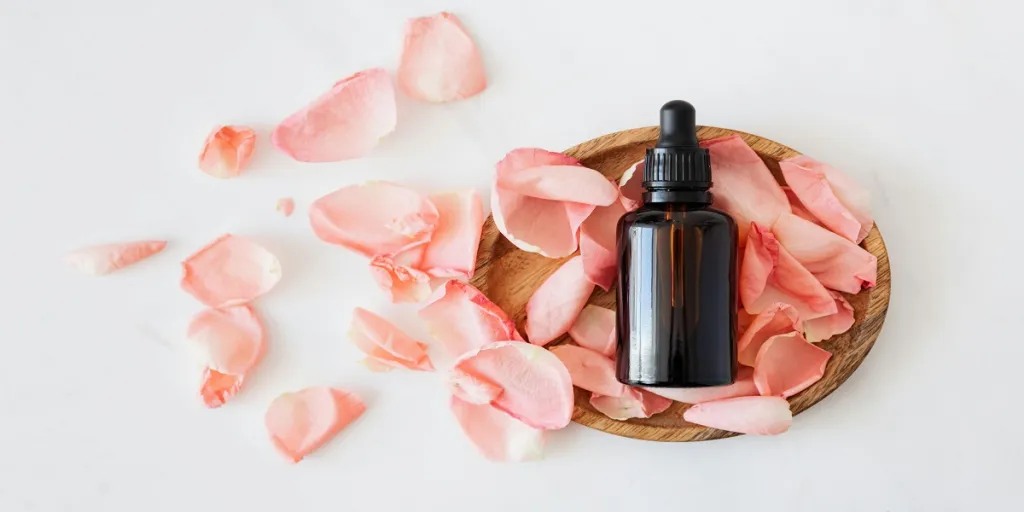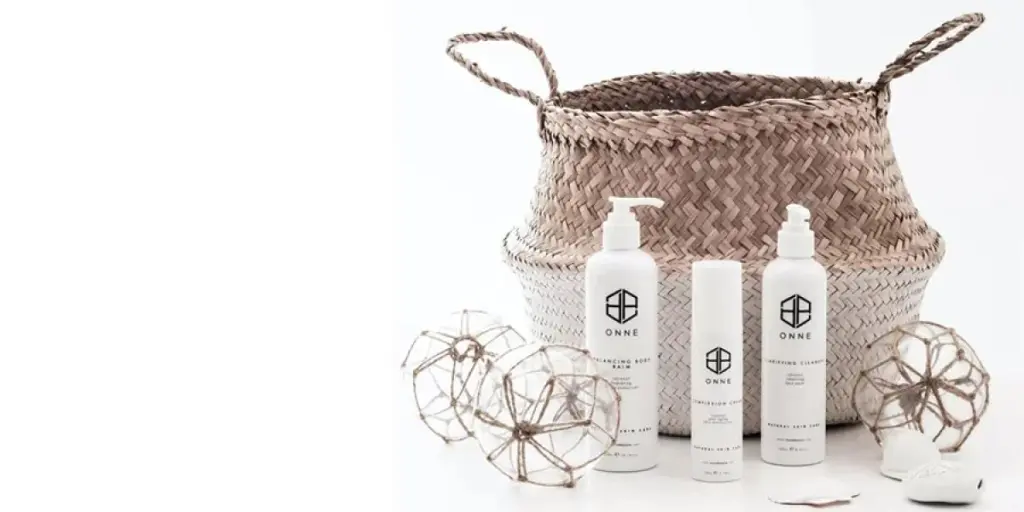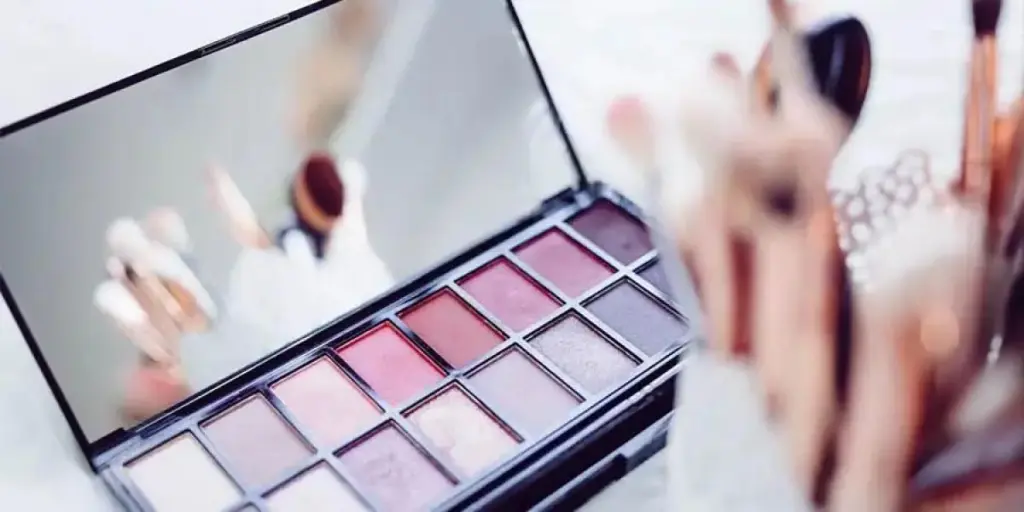As Southeast Asia’s beauty market experiences rapid growth, understanding regional priorities becomes crucial for online retailers. This guide explores the unique beauty landscapes of Thailand, Indonesia, the Philippines, and Vietnam, offering insights into consumer behaviors, market opportunities, and emerging trends. From social media-driven purchases to climate-adaptive products, learn how to tailor your offerings and strategies for this dynamic market, catering to the specific needs and preferences of each country.
Table of Contents
1. Thailand’s beauty pulse: Where trends reign & social media drives sales
2. Cracking the Thai code: KOLs, pop-ups & strategies for instant gratification
3. Indonesia’s skincare revolution: Halal, acne wars & inclusivity wins
4. Winning Indonesia: Grooming boom & quick-fix beauty hacks
5. The Philippines’ beauty shift: Values, speed & eco-skepticism
6. Filipino beauty loyalty: Trust through hair heroes & bold self-expression
7. Vietnam’s glow-up: Premium aspirations & the “no-makeup” obsession
8. Vietnam’s digital frontier: Influencer trust, grooming & eco-pragmatism
Thailand’s beauty pulse: Where trends reign & social media drives sales

Thailand’s beauty market is poised for significant growth, driven by trend-conscious consumers eager to experiment with new formats, products, and brands. Thai shoppers place great trust in influencers and online community recommendations, often making impulsive purchases, especially in color cosmetics and wellness categories. These consumers value affordable sample-sized products, allowing them to try new looks and brands without long-term commitment.
Thai beauty enthusiasts prioritize multifunctional makeup formats and products with UV and pollution protection. Their beauty style is heavily influenced by K-beauty trends, favoring dewy skin and dark, saturated colors for blush, eyes, and lips. Puppy liner and colored contact lenses are also popular among Thai consumers. The market presents opportunities in notox anti-aging skincare solutions, SPF products, functional fragrances, and color cosmetics.
Cracking the Thai code: KOLs, pop-ups & strategies for instant gratification
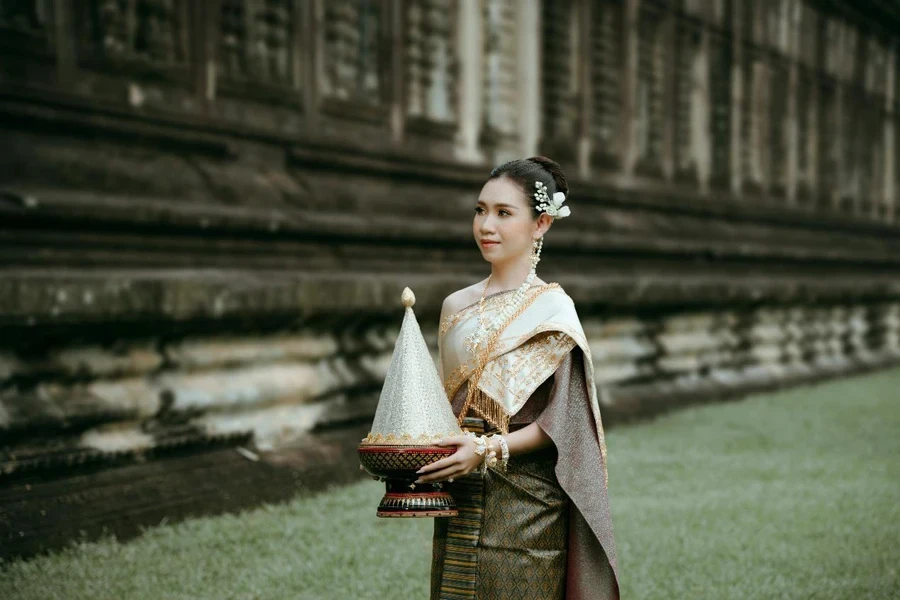
Thai consumers are social media-obsessed and desire products that help them achieve trending looks. Make-up is Thailand’s fastest-growing category, with sales exceeding skincare. Interest is strongest among college-aged Gen Z and Gen X consumers, who are the biggest consumers of beauty online content. To engage these demographics, focus on skin-makeup hybrids for Gen X and versatile formats for Gen Z’s day-to-night transitions.
The rise of #SkinTok has led to an increased emphasis on skincare, skin health, and anti-aging practices, particularly among Gen Z. This trend opens up opportunities for advanced prejuvenation formulations and products that counteract the detrimental effects of heat and pollution. Age anxiety is driving Thai consumers to begin anti-aging routines around 20 years old, so focus your narrative on longevity and preventative aging.
To successfully engage social media-obsessed Thai consumers, use Key Opinion Leaders (KOLs) and create transformative formulations geared towards visual storytelling. Experiential pop-ups and engaging retail concepts will appeal to fun-loving Thais, offering opportunities for unique social media content and exclusive discounts.
Indonesia’s skincare revolution: Halal, acne wars & inclusivity wins
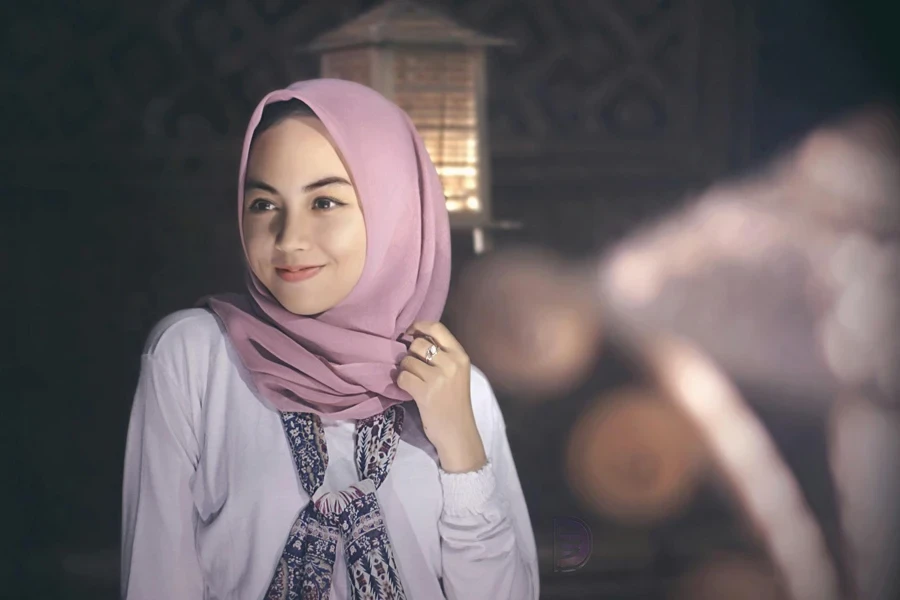
Indonesia’s beauty market is thriving, with skincare enthusiasts willing to invest in products to achieve clear complexions. The market values halal certifications, acne-safe credentials, and products suitable for pregnant and breastfeeding women. Indonesian consumers prioritize all-inclusive color cosmetics and skin-inclusive shade ranges, with a preference for local brands that cater to melanated skin tones and humid climates.
These consumers opt for direct-to-consumer brands and discover new products online. They prioritize skincare over other beauty categories and are preoccupied with covering or treating acne. The Indonesian beauty style emphasizes clear, blemish-free skin, with a preference for brown-toned cosmetic shades and simple looks that can be applied quickly for work and school. Key opportunities lie in derma skincare, fine fragrances, men’s grooming, acne ranges, anti-aging products, and bump beauty solutions.
Winning Indonesia: Grooming boom & quick-fix beauty hacks

As Asia’s third-largest beauty market, Indonesia caters to young and sophisticated audiences of all genders seeking advanced products. The increasing number of women in education and the workforce is driving demand for minimalist makeup suitable for everyday wear. Focus on items that help consumers create quick and efficient looks, such as SPF tone-up creams and lip and brow products.
Acne is Indonesia’s top skincare concern, presenting an opportunity for targeted skincare solutions. Invest in education and products addressing specific acne concerns, including formulations for the body, scalp, and armpits to accommodate modest wear and humid weather. Anti-aging products for beginners are also in demand, as Indonesian consumers express interest in anti-aging earlier than other markets.
The men’s beauty market in Indonesia is booming, accounting for a significant portion of beauty sales. Men have expressed skin goals and preferences different from women’s, highlighting the opportunity for dedicated products to serve this growing market. Invest in the skincare space, Indonesia’s strongest beauty category, and expand into skintellectual products for consumers with more specific and individualized needs.
The Philippines’ beauty shift: Values, speed & eco-skepticism
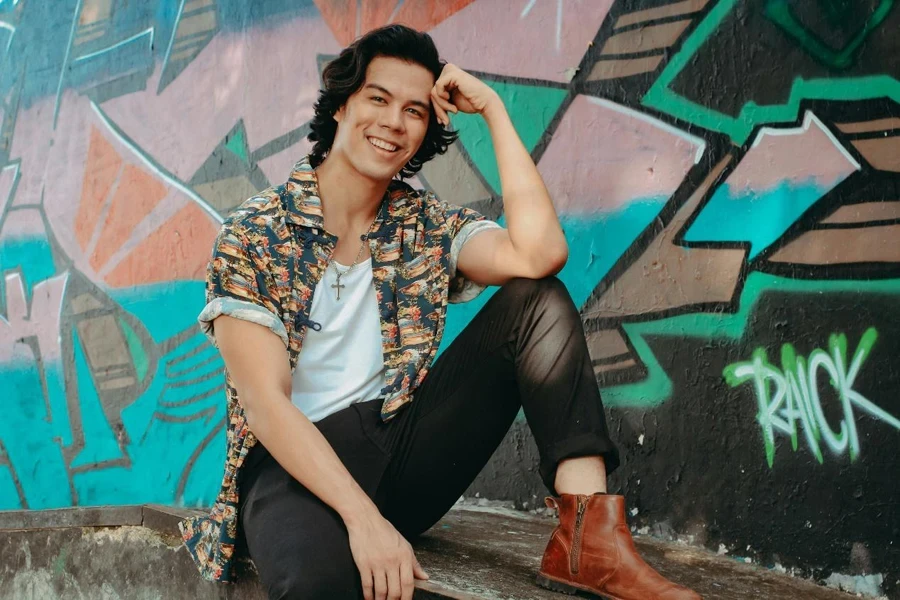
Young Filipino consumers prioritize brands that share their values of inclusivity and self-expression. They prefer short routines and value multitasking products that streamline application, including stick formats and fuss-free leave-on products. Gender inclusivity is the standard in the Philippines beauty market.
Filipino beauty enthusiasts actively compare products across brands and platforms to find bargains. While they look for sustainable credentials, affordability often takes precedence. These consumers believe their purchases can make a difference and drive change, especially regarding inclusivity. They are quick to boycott brands that perpetuate toxic beauty standards.
The Filipino beauty style is cool and edgy, leaning towards a semi-matte base with dewy, glitter, and metallic finishes for eyes, cheeks, and lips. Key opportunities in the market include cosplay cosmetics, haircare, hair cosmetics, stick solutions, and eco-friendly products.
Filipino beauty loyalty: Trust through hair heroes & bold self-expression

Filipino beauty consumers are young and socially aware, choosing brands that make genuine efforts to be sustainable and inclusive. Authentic initiatives to improve diversity and inclusion are paramount to secure their beauty spend. Brands should focus on creating products and marketing campaigns that acknowledge and celebrate various skin conditions, body types, and gender identities.
While Filipinos want to expand their beauty routines, they dislike time-consuming items. Advanced formulations that are easy to apply and fast-drying, such as serum sticks and makeup sticks, will bridge the say-do gap. Expressive cosmetics inspired by subculture “cores” online are popular among Gen Z, presenting an opportunity for bold and unconventional product offerings.
Hair damage is a significant concern for Filipino consumers, with many resorting to cutting their hair as a remedy. This highlights an opportunity for product solutions tailored to damaged hair types. Nature-based solutions are also in high demand, as Filipino consumers are hyper-aware of the climate crisis due to frequent natural disasters. However, many are skeptical of beauty sustainability claims, making meaningful acceleration and tangible initiatives a must for brands entering this market.
Vietnam’s glow-up: Premium aspirations & the “no-makeup” obsession

Vietnam’s beauty market is rapidly evolving, with consumers increasingly gravitating towards premium and luxury products. The market is characterized by a growing middle class with rising disposable incomes, eager to invest in high-quality skincare and cosmetics. Vietnamese consumers are highly influenced by Korean and Japanese beauty trends, favoring products that promise bright, glowing skin.
These consumers are tech-savvy and rely heavily on social media and e-commerce platforms for product discovery and purchases. They value authenticity and are willing to pay more for products with natural ingredients. The Vietnamese beauty style emphasizes a natural, “no-makeup” makeup look, with a focus on achieving flawless skin. Lip tints, cushion foundations, and products offering sun protection are particularly popular.
Key opportunities in the Vietnamese market include anti-aging skincare, whitening products, natural and organic cosmetics, and men’s grooming. There’s also a growing interest in personalized skincare solutions and products addressing specific skin concerns such as acne and hyperpigmentation.
Vietnam’s digital frontier: Influencer trust, grooming & eco-pragmatism

To engage Vietnamese consumers effectively, focus on digital marketing strategies and influencer partnerships. Vietnamese beauty enthusiasts trust peer reviews and influencer recommendations, making these channels crucial for brand awareness and credibility. Invest in creating high-quality, visually appealing content that showcases product benefits and application techniques.
Sustainability and eco-friendliness are gaining importance among Vietnamese consumers, particularly the younger generation. While price remains a significant factor, there’s a growing willingness to pay more for products that align with these values. Consider introducing eco-friendly packaging options and highlighting any sustainable practices in your production process.
The men’s grooming sector in Vietnam is expanding rapidly, presenting opportunities for brands to develop targeted products for this demographic. Focus on multifunctional products that cater to the busy lifestyles of urban Vietnamese men, such as all-in-one cleansers or tinted moisturizers with SPF.
Personalization is becoming increasingly important in the Vietnamese beauty market. Consider offering customized skincare consultations or products that can be tailored to individual skin types and concerns. This approach can help build brand loyalty and justify premium pricing.
Lastly, while the premium segment is growing, don’t neglect the mass market. Many Vietnamese consumers still seek affordable options, particularly in color cosmetics. Consider developing a range of products at different price points to cater to various consumer segments.
Conclusion
The Southeast Asian beauty market in 2026 presents a landscape of immense opportunity and diversity. Each country – Thailand, Indonesia, the Philippines, and Vietnam – offers a unique blend of consumer preferences, cultural influences, and market dynamics that savvy beauty brands must navigate to succeed.
Thailand’s market is characterized by trend-conscious consumers who value experimentation and social media influence. Indonesia stands out with its focus on halal and inclusive products, particularly in skincare. The Philippines showcases a young, socially aware consumer base that prioritizes inclusivity and sustainability. Vietnam’s rapidly evolving market is seeing a shift towards premium products and personalized skincare solutions.
As Southeast Asia continues to cement its position as a key player in the global beauty industry, brands that can successfully navigate its complexities and cater to its diverse consumer base will find themselves well-positioned for growth and success. The key lies in understanding the nuances of each market, embracing digital innovation, and staying true to the values that resonate with Southeast Asian consumers – authenticity, inclusivity, and quality.

